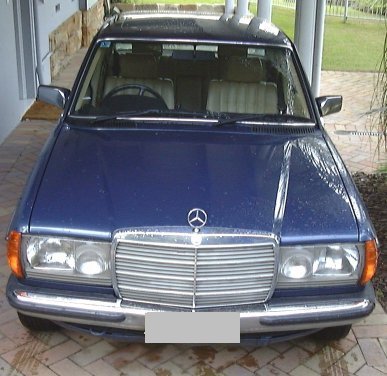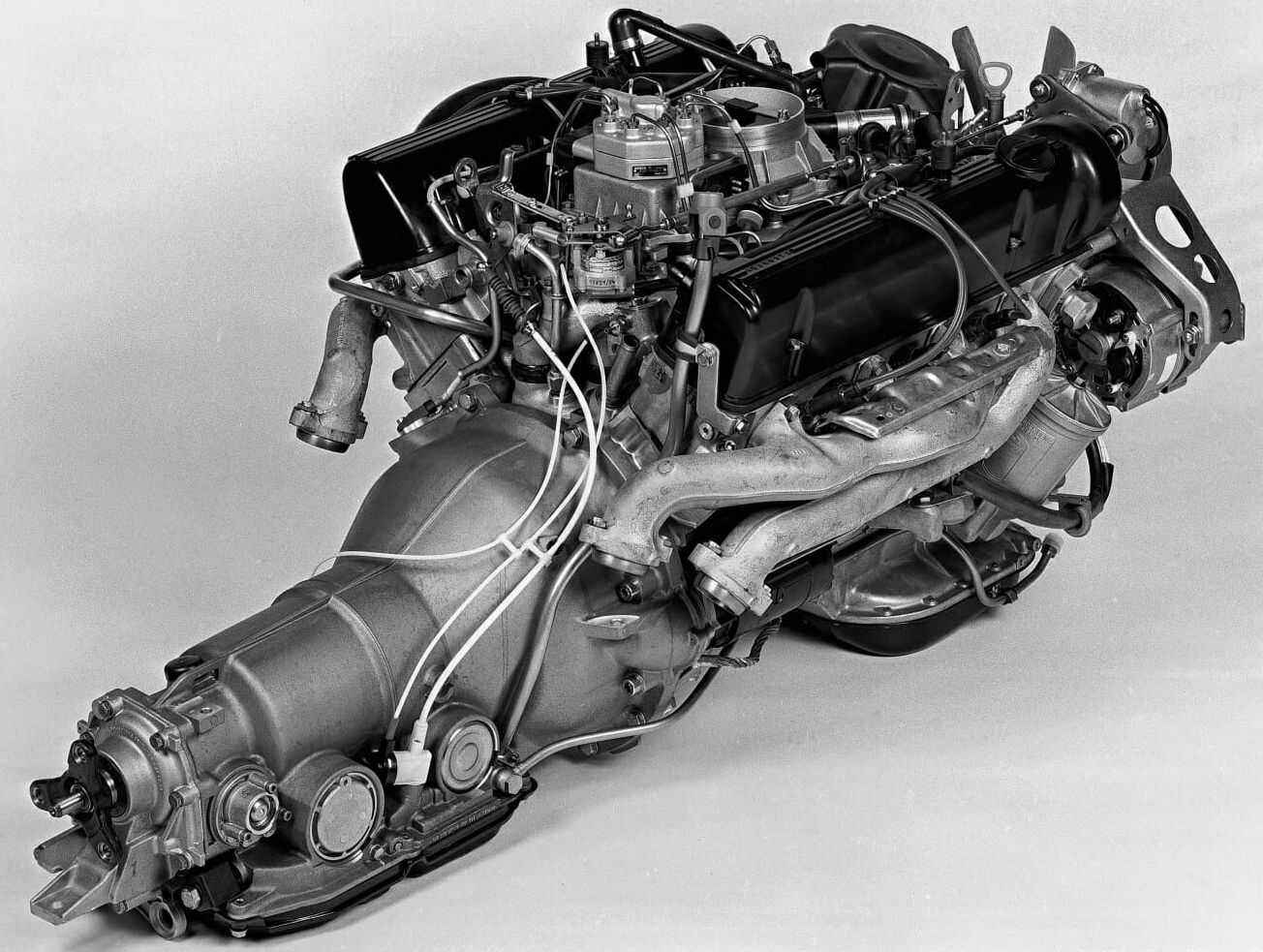Flashback: Sunday, April 20, 1972. Mercedes M110 Engine Launch
EMBARGO: Please do not publish before Sunday April 30, 1972
SUPERB NEW TWIN OVERHEAD CAMSHAFT ENGINE FROM MERCEDES-BENZ
Confounding the criticism that today’s automobile engineers are too heavily engaged in meeting safety and pollution requirements to produce better vehicles, Mercedes-Benz has just unveiled a superb new twin overhead camshaft engine.
As well as meeting the conflicting requirements of performance with economy, the new engine also makes a positive contribution towards active safety by producing plenty of “overtaking power.” A s befits an engine produced to meet the needs of the 1970’s, it is also as “clean” as possible.
Technically sophisticated, the engine also demonstrates that the development potential of the conventional reciprocating piston engine is still a long way from reaching the end of the road. Always provided, of course, that the people doing the developing have the requisite “know-how”.
Equipped with electronically controlled fuel injection and transistorised ignition, the engine develops 185 DIN hp, which is 210 SAE bhp or 136 kW – the new international rating now called for by a recent EEC ruling.
The cylinder head has hemispherical combustion chambers to ensure optimal combustion of the fuel mixture. The valves are arranged in V-formation, and are operated by rocker arms directly from the two overhead camshafts. This is an expensive method, usually found only on engines built for sports cars, but it produces a free-revving engine
capable of up to 6,500 rpm. Such liveliness is made possible only because the weight reciprocating back and forth in the valve gear has been kept to a minimum.
The two camshafts are driven by a duplex roller chain. An intermediate gear drives the distributor and oil pump. Both inlet and exhaust valves are armoured and the exhaust valves are sodium-filled for cooling purposes.
The engine has a distinctive appearance with its two smart looking overhead camshaft covers contributing to under bonnet “eye appeal.”
Both camshafts may be removed for repairs without having to dismantle the cylinder head, so that the engine’s cooling system need not be disturbed and repair times are kept to a minimum.
At the “bottom end” the crankshaft rests in seven main bearings and there are no fewer than twelve counter weights on the crank webs. Anew type of double weight vibration damper has been introduced to further damp down oscillations. This results in an unusually smooth flow of power.
A special oil injector is incorporated in the connecting rod to assist with the cooling of the piston crown. A great deal of research went into the development of the shape of the combustion chamber. This ensured that the engine would burn its fuel fully and cleanly, thus releasing the maximum amount of power for the minimum toxic exhaust emission. An oil cooler, visco-drive fan and three-phase generator complete the picture of this, the most modern Mercedes-Benz engine.
Electronically controlled fuel injection was pioneered in Britain by Mercedes-Benz with their 250 CE Coupe model, first introduced here in May 1969. This was truly the dawn of motoring’s “electronic age” and the adoption of electronic fuel injection by other marques since has been rapid and widespread.
With this system an electronic calculating device virtually a miniature “computer” works out precisely how much fuel the engine needs. It does this at speeds of up to nine thousandths of a second (a micro¬second in which most full-size computers work is one ten-thousandth of a second). Before deciding how much fuel the engine needs, the “computer” gathers information from sensors about the number of revolutions per minute the engine is doing, the position of the accelerator, prevailing air pressure and the temperature of the engine as well as a number of other factors.
Fuel is held under pressure in lines leading to electro-magnetic valves in the cylinder head’s inlet ports. Electronic impulses from the calculating device allow these valves to open for fractions of a second to enable the fuel to spray into the combustion chamber. At idling speed the valve opens for two-thousandths of a second, and at full power nine-thousandths of a second.
Transistorised ignition is also fitted. The main benefit of this system is that it places only a relatively low loading on the contact breakers, reducing burning of the points. This ensures that once correctly set, the timing stays adjusted for long periods – a most important point in achieving good power output, fuel consumption and “clean” exhaust values. Timing adjustment is made extremely easy and precise by a new setting device on the engine designed to be used in conjunction with an electronic workshop instrument.
This new engine, installed in the robust and technically advanced “New Generation” body/chassis unit, with its diagonal swing axle and powerful disc brakes all round, will extend the Mercedes-Benz range in a new and positive direction.
END
M-B 428 EMBARGOED:
Sunday, April 30, 1972


























































